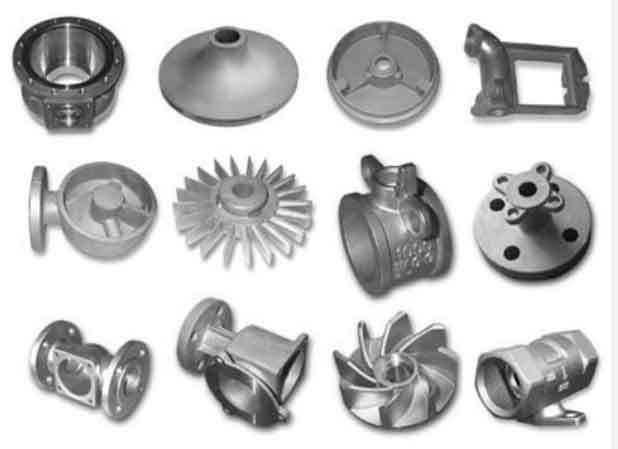
Grey cast iron has a long history of use in various industries, and over time, it has undergone significant innovations and advancements to meet evolving needs and challenges. Let’s explore the evolution of grey cast iron and its future prospects:
1. Material Composition:
One area of innovation in grey cast iron is the refinement of material composition. Manufacturers have developed various alloying techniques to improve the properties of grey cast iron, such as enhancing strength, ductility, and wear resistance. The addition of alloying elements like nickel, chromium, and molybdenum has resulted in specialized grades of grey cast iron with enhanced performance characteristics.
2. Processing Techniques:
Advances in casting technologies have also influenced the evolution of grey cast iron. Modern casting techniques, such as computer-aided design (CAD), simulation software, and precision molding, have improved the accuracy, complexity, and quality of cast iron components. Additionally, advancements in molding materials and binders have contributed to the production of more intricate and defect-free castings.
3. Heat Treatment and Surface Coatings:
Heat treatment processes and surface coatings have been further developed to enhance the properties of grey cast iron. Heat treatment techniques like annealing, normalizing, and quenching can improve the material’s mechanical properties, such as strength and hardness. Surface coatings, such as anti-corrosion coatings and wear-resistant coatings, can extend the service life of grey cast iron components in challenging environments.
4. Sustainable Manufacturing:
With the growing emphasis on sustainability, innovations in grey cast iron production aim to reduce environmental impact. Foundries have implemented more efficient and eco-friendly processes, such as optimized energy usage, waste management, and emissions control. Additionally, efforts are being made to recycle and reuse grey cast iron scrap, minimizing waste and conserving resources.
5. Future Prospects:
Looking ahead, grey cast iron will likely continue to be an essential material in various industries. Ongoing research focuses on further improving its properties, such as enhancing its strength-to-weight ratio, developing more corrosion-resistant alloys, and improving machinability. Advancements in casting technologies, including additive manufacturing (3D printing) and advanced simulation tools, may also have a significant impact on the production of grey cast iron components, enabling greater design flexibility and customization.
Furthermore, grey cast iron’s versatility and cost-effectiveness make it a valuable option in industries where its specific combination of properties is advantageous. As technologies continue to evolve, grey cast iron is expected to find new applications and contribute to the development of innovative solutions in areas such as automotive, aerospace, construction, and machinery.
The evolution of grey cast iron has been driven by advancements in material composition, processing techniques, heat treatment, and a focus on sustainable manufacturing. With ongoing research and development, grey cast iron will continue to play a significant role in various industries while offering improved performance, durability, and environmental sustainability.
